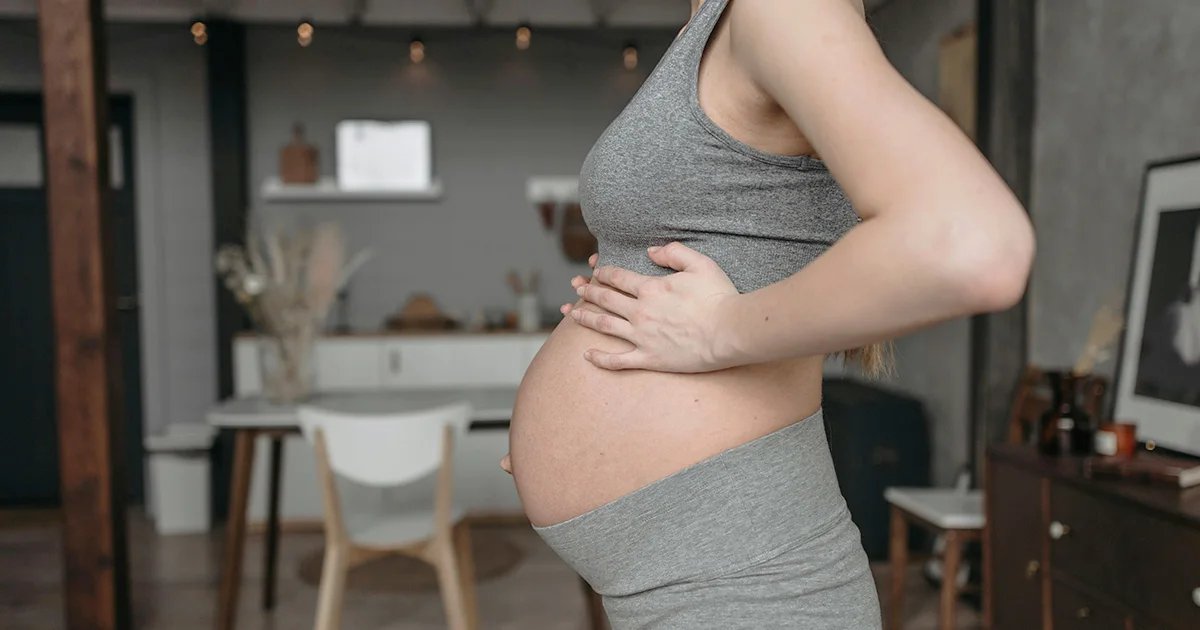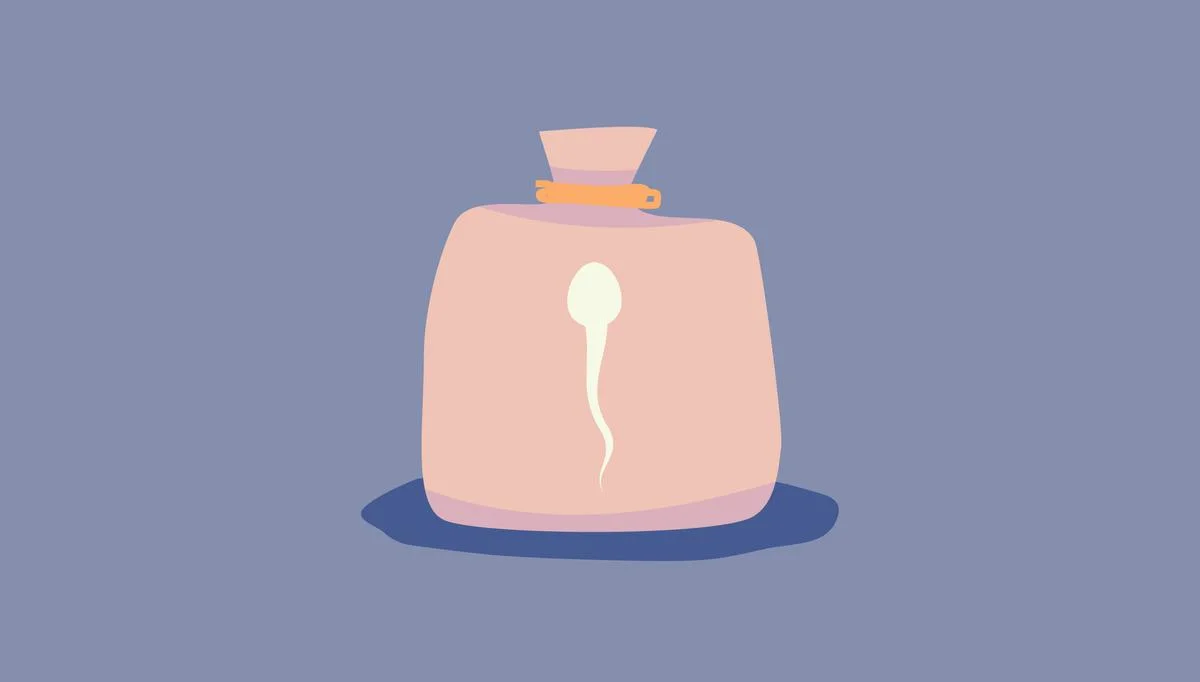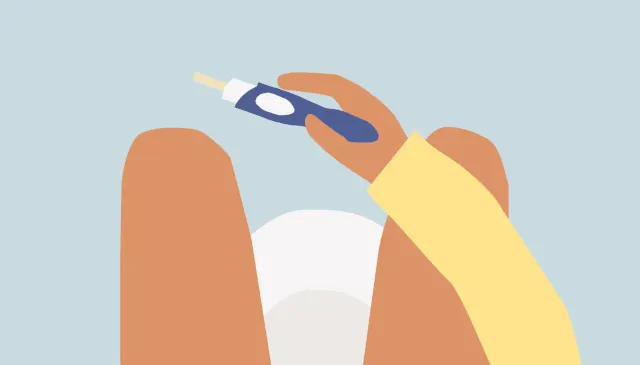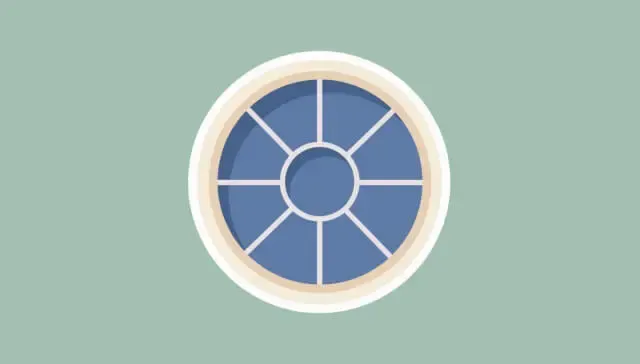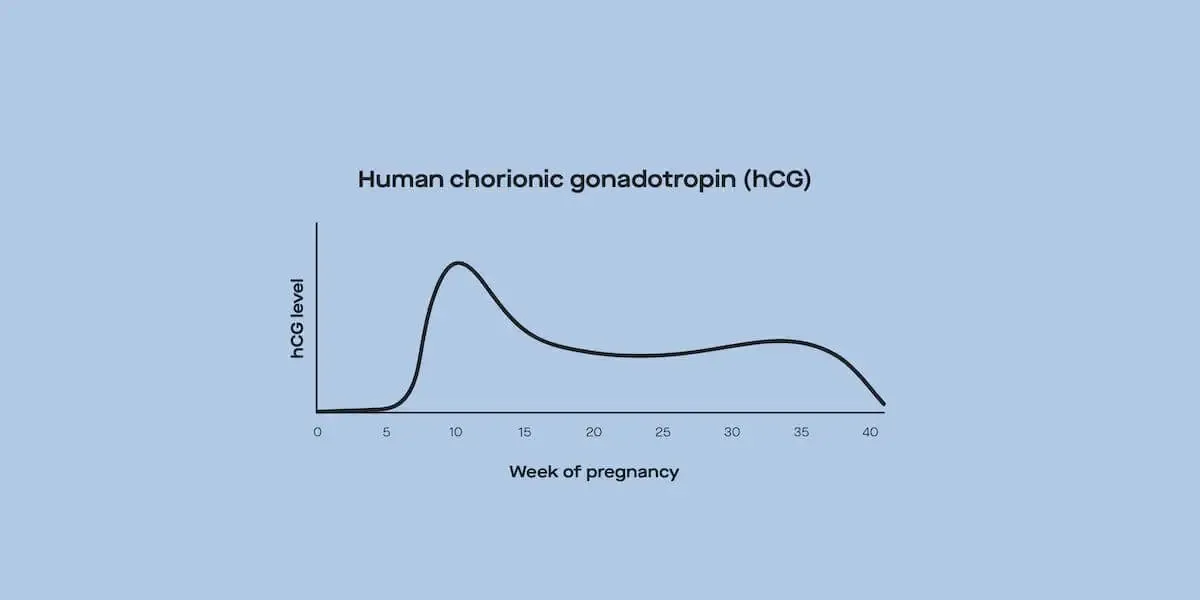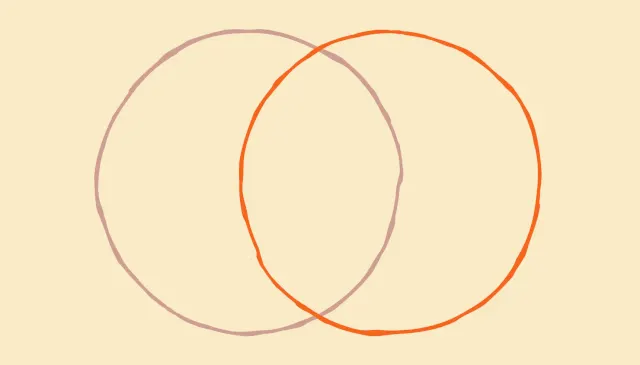Here's what we'll cover
Here's what we'll cover
There’s a delicate dance of reproductive hormones ebbing and flowing that make it all possible for ovulation to occur. But which hormones do what, and when? And what does knowing about those hormone levels in the days before and after ovulation actually tell you?
In this post, we’ll go over what your hormones look like before, during, and after ovulation, and what knowing about your hormone levels during each of these stages can tell you.
Before we dive in… here’s a quick table for the average urinary hormone levels during the different stages of your cycle. (We get more into the variability in hormones like luteinizing hormone, or LH, in this post.)
FOLLICULAR PHASE | OVULATION | LUTEAL PHASE | |
|---|---|---|---|
Urinary E2 (aka E3G; 80% CI in ng/mL) | 4.2 - 19.8 | 6.5 - 101.0 | 10.2 - 49.1 |
Urinary intact LH (80% CI in mIU/mL) | 2.3 - 9.7 | 17.1 - 85.6 | 0.9 - 7.1 |
Urinary P (aka P3G; 80% CI in μg/mL) | 0.7 - 3.8 | 1.1 - 5.5 | 5.7 - 59.0 |
(Note: Data for follicular, ovulation, and luteal phase values were chosen as the seventh day before ovulation, the day before ovulation, and six days after ovulation as described
Step 1: Before ovulation, estradiol (E2) and luteinizing hormone (LH) run the show
In the days before ovulation, there are two hormones that primarily run the show: estradiol (E2) and luteinizing hormone (LH).All about E2: A couple of days before ovulation during an average cycle, there is one growing, thriving follicle which houses the egg that your body will release during ovulation. As it develops, this follicle produces E2. (Immature follicles, aka follicles that aren’t developed enough for ovulation, do not produce E2.) So if your E2 is rising, you can get a pretty good sense of whether ovulation is about to happen. According to clinical data, E2 starts to rise noticeably about three days before ovulation.All about LH: A few days before ovulation when E2 levels are rising, E2 starts signaling to your body to put its production of LH into overdrive. Similar to E2, LH peaks 24-48 hours before ovulation. The LH surge is the hormonal signal that coaxes the egg out of its developing follicle and into territory (the fallopian tubes) where it could potentially be fertilized. The most common pattern, observed in somewhere between 40 and 50% of people with ovaries, is a single, short (aka one-day) LH peak.
Ovulation tests, or ovulation predictor kits (OPKs) use LH, and sometimes an LH + E2 combo, to provide insight into ovulation. Keep in mind that because they measure hormones that peak before ovulation, ovulation predictor kits can tell you whether you’re likely to ovulate in the near future — but not whether you’re ovulating right then and there. Note that we said likely to ovulate, and not that you’ll definitely ovulate, as high LH does not 100% mean ovulation is coming up.
With all these pre-ovulation changes in E2 and LH, many people may experience some physical and psychological symptoms. For example, increases in libido and changes in cervical mucus often accompany increases in E2. While there have also been some claims about smell sensitivity and mate preferences changing around ovulation because of changes in hormones, these have now largely been debunked.
Step 2: During ovulation, E2 and LH take a breather
Compared to all the hormone craziness that goes on in the days before ovulation (low levels! Super high levels!), the hormonal milieu during ovulation is pretty uneventful. By this point, the E2 and LH peaks seen before ovulation are long gone, as both exhibit dramatic and fast drops after they reach their peaks. E2 and LH are low, and the egg that was released waits around for up to 24 hours in hopes of meeting its sperm suitor.
The main symptom people report around ovulation is slight abdominal pain on only one side, which has come to be known as mittelschmerz (German for “middle pain,” because it happens roughly in the middle of a cycle). Though we still don’t know what the exact cause of mittelschmerz is, some believe it’s caused by the egg breaking through the ovary’s wall — after all, there’s no doorway from the ovary to the fallopian tubes!
Step 3: After ovulation, progesterone joins the party
If you thought a follicle would spend all that time developing, waiting around for signals of ovulation, and releasing an egg just to then suddenly disappear into oblivion forever, you’re in for a surprise. After an egg is ovulated, the ruptured follicle begins to form something called the corpus luteum (Latin for “yellow body,” which is what it looks like). This structure forms after ovulation, regardless of whether or not fertilization occurs.
The corpus luteum is composed of two main cell types: theca cells and granulosa cells. The granulosa cells are the ones that start producing progesterone and more E2. Because of corpus luteum activity, the seven-ish days after ovulation are characterized by progressive increases in both progesterone and E2, with relatively larger increases in progesterone. The only time noticeably high progesterone levels are ever seen in a typical cycle is after ovulation, and this is why it may be useful to keep an eye on: to give you an idea of whether or not you actually ovulated.
There are two main hormone-driven physiological changes you might notice after ovulation. Lower E2 (relative to the days before ovulation) brings about changes in cervical mucus, and progesterone leads to a detectable increase in basal body temperature.
What tracking each of these hormones can tell you
Though hormonal dynamics are always exciting, as you can likely tell from above, they get particularly exciting during the few days before and after ovulation. Luckily, researchers have spent decades mapping out their patterns, and we can harness this knowledge to make inferences about what is going on in our own bodies.
Tracking E2: Since E2 starts rising several days before ovulation, it can give you up to a three-day heads up about whether you’re likely to ovulate in the near future. Though you’re not at peak fertility three days before ovulation, estimates from a recent study suggest the chances of conception at three days before ovulation are about 27% — meaning it may be useful info to know if ovulation is three days away. Keep in mind that E2 can’t tell you whether you’re ovulating right now, and it can’t 100% confirm whether you ovulated in the recent past.
Tracking LH: LH peaks 24-48 hours before ovulation, which conveniently is also the window associated with the highest chances of conception (i.e., 33% to 42%). If you want to detect your peak fertility window, LH is your go-to. Just like E2, LH cannot tell you whether you’re ovulating right now, and you can’t look at LH levels after your expected date of ovulation to confirm whether ovulation happened.
Tracking progesterone: Because significant rises in progesterone are only seen when ovulation happened, progesterone can tell whether you’ve ovulated in the recent past. But, it doesn’t give us any clues about whether you’ll ovulate in the near future, or whether you’re ovulating right now.
With this information, you can decide which hormones make the most sense for you to include in your personal hormone toolkit.
One caveat to keep in mind: The patterns of LH, E2, and progesterone we describe here are patterns seen in a “textbook” cycle, but for many, a “textbook” cycle isn’t the reality. For example, atypically low levels of LH might indicate that your whole reproductive hormone axis is taking a time out, and atypically high LH might be suggestive of polycystic ovary syndrome (PCOS). In both of these cases, we wouldn’t expect to see the hormone patterns described in this post during each cycle because chances are ovulation isn’t happening each cycle.
Another way to see how your cycles stack up to “textbook” cycles and what your hormones look like across the cycle? Track them with OPKs.
Annnnd just for fun: Spontaneous versus induced ovulators
What we described above is the typical pattern of hormones around ovulation for humans — and this pattern is seen regardless of whether or not we’re sexually active. Because ovulation for us happens "spontaneously" (i.e., not induced by any sort of behavior or specific external stimulus), humans are called “spontaneous ovulators.”
But in a wide range of species across the animal kingdom, this isn’t the case at all, and ovulation only happens when the mood is right — aka when genital stimulation, sperm, or pheromones are present. For example, according to one recent study of koalas, an LH surge that induces ovulation doesn’t happen by itself. In fact, it doesn’t even happen when a male is around, or when a male and female make sweet koala love. Females will only have ovulation-inducing LH surges when there is sperm in the genital tract.
So, the next time you ovulate spontaneously, don’t take it for granted!
This article was reviewed by Dr. Jennifer Conti, MD, MS, MSc. Dr. Conti is an OB-GYN and serves as an adjunct clinical assistant professor at Stanford University School of Medicine.
DISCLAIMER
If you have any medical questions or concerns, please talk to your healthcare provider. The articles on Health Guide are underpinned by peer-reviewed research and information drawn from medical societies and governmental agencies. However, they are not a substitute for professional medical advice, diagnosis, or treatment.

